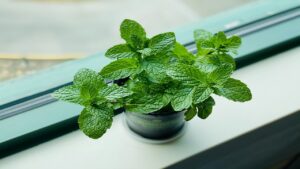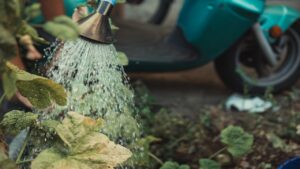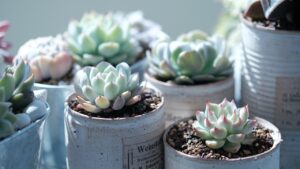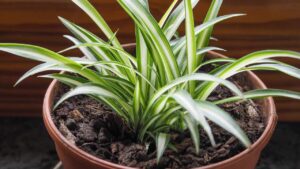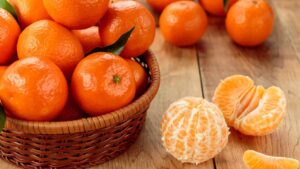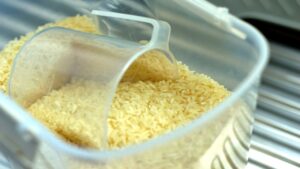Is Your Sansevieria Not Growing? the Reason Could be This
Sansevieria is a much-loved plant widely used to decorate apartments due to its resistance and slender, variegated leaves. If you have it at home and despite the care and attention given, it is struggling to grow and produce new leaves, it could depend on three factors. Let’s explore them together.
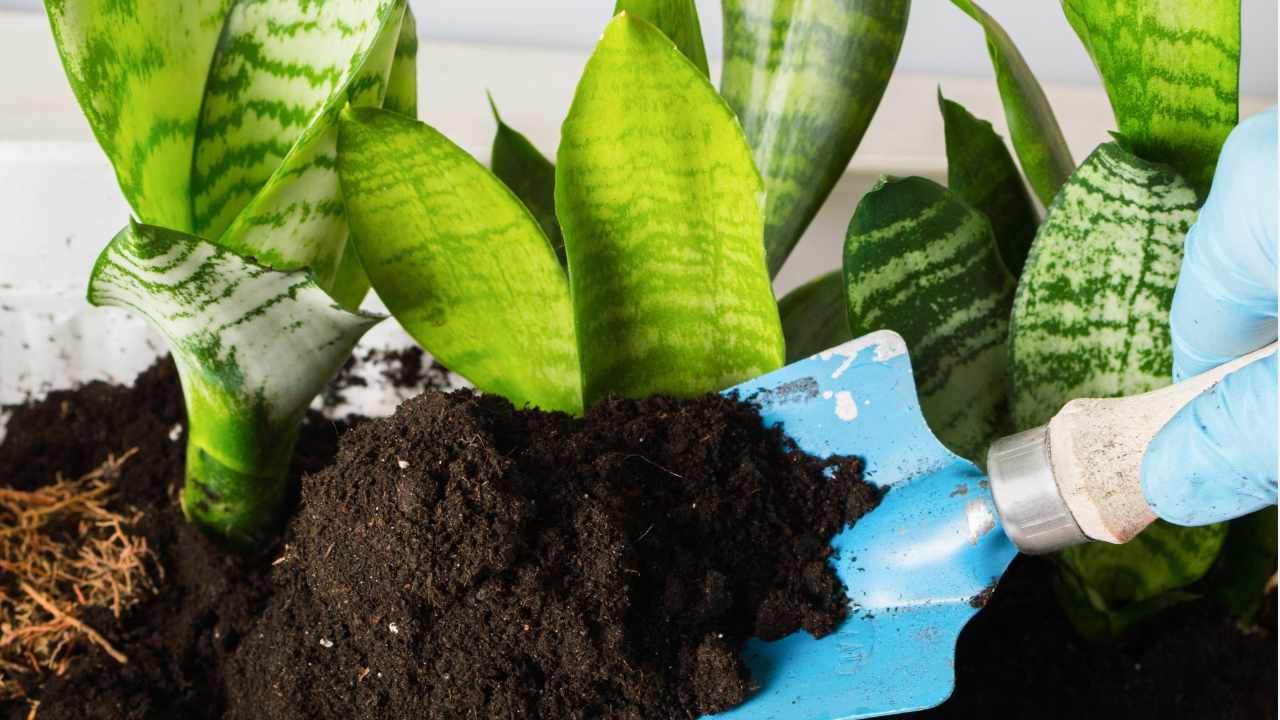
3 reasons why Sansevieria doesn’t grow new leaves
The first reason why the plant may struggle to grow and produce new leaves is insufficient light. While it can tolerate low light, it thrives with a decent amount of indirect sunlight. Different varieties may have varying light requirements, so understanding the specific needs of your Sansevieria can help promote healthy growth and leaf production.
For example, Sansevieria trifasciata, the variety with yellow-edged leaves, needs more light than green-leaved varieties. Insufficient light hinders its development and can result in pale and thin leaves.
Another reason contributing to growth issues is related to watering practices. Sansevieria, being a succulent, stores water in its leaves. Therefore, it thrives in well-draining soil and benefits from moderate watering. Regularly moistening the soil weekly ensures the plant absorbs essential nutrients, fostering healthy and lush growth.
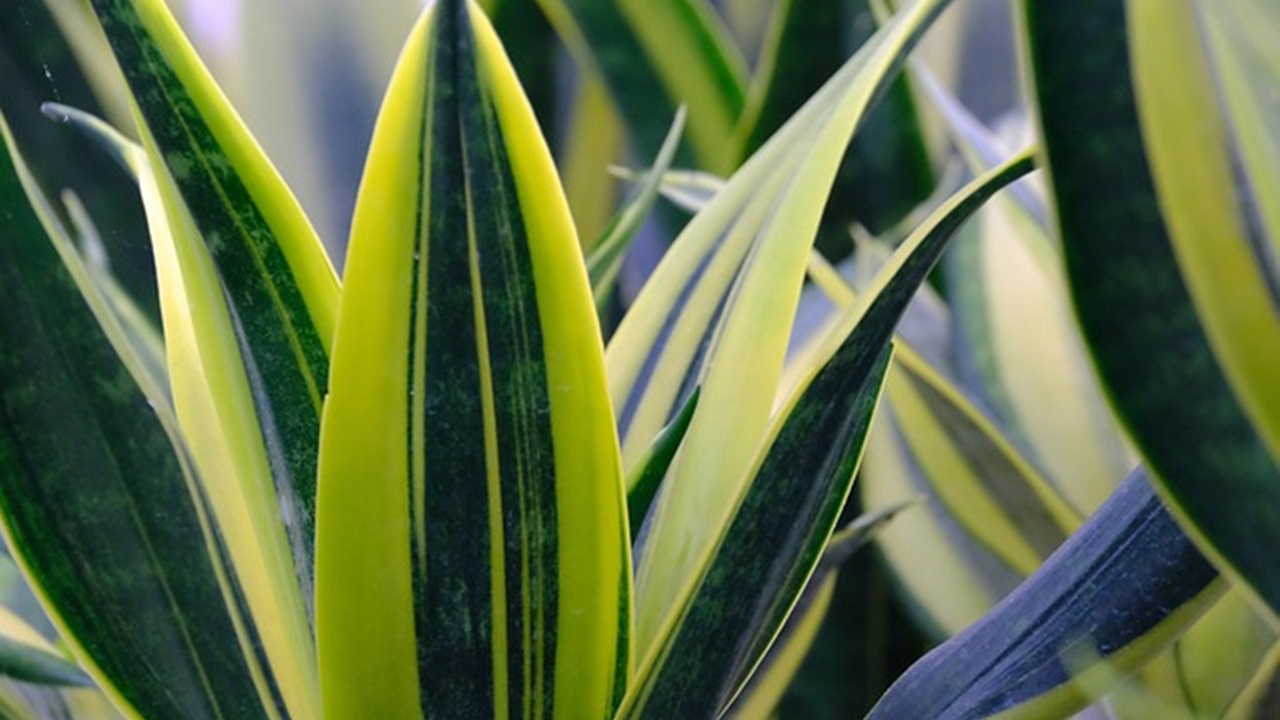
Like many plants, sansevieria benefits from regular fertilization to receive essential nutrients for growth. If it is not fertilized, it may lack crucial elements like nitrogen, phosphorus, and potassium, leading to weakened growth and the inability to produce new leaves. You can use diluted liquid fertilizers or create a DIY fertilizer using coffee grounds to provide the necessary nutrients.
Collect used coffee grounds and allow them to dry completely. Grind the dried grounds in a blender, transfer them to a container, and dilute with water at 1 part coffee powder to 4-5 parts water. Let the mixture rest for 24 hours, filter it, and then use it as a natural fertilizer for your plants.
